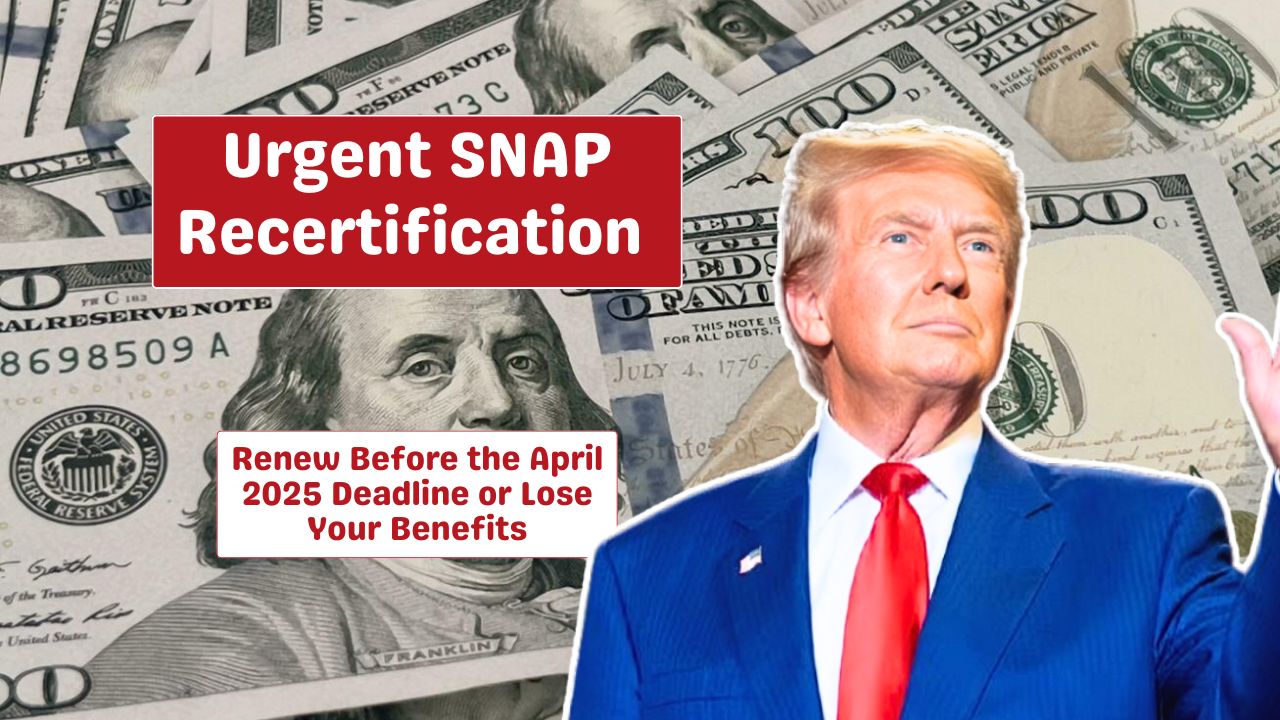Saving for retirement is crucial to ensure financial security in the later years of life. However, many Americans are entering retirement unprepared, relying solely on Social Security. This dependence is alarming, given that Social Security faces potential depletion by 2035.
To address this issue, experts Alicia Munnell and Andrew Biggs have proposed a controversial plan: abolishing tax-sheltered savings plans like 401(k)s and IRAs to strengthen Social Security. This proposal has sparked debate, highlighting disparities in retirement savings across income levels and questioning the effectiveness of current policies.
401(k) Plans
A 401(k) is a tax-advantaged retirement plan designed to encourage savings. Contributions are made with pre-tax dollars, reducing taxable income and allowing for greater investment. Many employers match contributions, further incentivizing employees to save for retirement. While there are various retirement savings incentives, the 401(k) is the most well-known and has been endorsed by the U.S. Congress through the SECURE 2.0 Act, which enhances the functionality of retirement savings plans.
The Criticism of 401(k) Plans
Despite their popularity, 401(k) plans have faced criticism from experts like Munnell and Biggs. They argue that these plans fail to significantly increase overall retirement savings and place the burden on individuals rather than the collective.
The tax subsidies for retirement savings are costly, reducing federal income taxes by approximately $185-189 billion in 2020. These benefits disproportionately favor the wealthy, who can afford to contribute and gain significant tax breaks, potentially at the expense of bolstering Social Security.
The Proposal
Munnell and Biggs suggest that abolishing tax-sheltered savings plans could redirect revenues to address Social Security’s long-term funding gap. Their proposal is based on data indicating significant disparities in retirement savings. According to Federal Reserve data from 2022, households in the top 10% income bracket had average retirement savings of $1.29 million, while the middle class had median savings of $87,000.
Addressing Disparities
The proposal suggests capping tax benefits for high earners or adjusting contribution limits to ensure tax breaks are more equitable across income levels. By reallocating the savings from repealing retirement tax preferences, Social Security could be strengthened, bypassing the long-standing debate over raising taxes or cutting benefits.
Current State of Social Security
Currently, over 66 million people receive monthly Social Security benefits. However, according to the Trustees’ report for Social Security and Medicare, benefits will face reductions by 2035 when the Trusts are projected to be depleted. This situation, while slightly more optimistic than last year’s prediction of depletion by 2034, underscores the urgency of finding solutions.
Enhancing Funding Streams
Improving funding for Social Security is vital for its survival. Addressing the disparities in retirement savings and rethinking tax policies could provide a pathway to a more sustainable system. The proposal by Munnell and Biggs highlights the need for a multi-faceted approach to secure the future of Social Security and ensure it continues to support retirees effectively.
As the debate over retirement savings and Social Security continues, knowing the implications of current policies and proposed changes is crucial. The proposal to abolish tax-sheltered savings plans like 401(k)s and IRAs aims to address disparities and strengthen Social Security. While controversial, it opens the discussion on how best to ensure financial security for all Americans in retirement.
FAQs
What is the main criticism of 401(k) plans?
Critics argue that 401(k) plans do not significantly increase overall retirement savings and disproportionately benefit.
How could abolishing 401(k) plans help Social Security?
Revenues saved from eliminating tax-sheltered savings plans could be redirected to address Social Security’s funding gap.
What is the current state of Social Security benefits?
Over 66 million people receive monthly benefits, but reductions are expected by 2035 when the Trusts may be depleted.
What disparities exist in retirement savings?
Households in the top 10% income bracket have significantly higher retirement savings compared to middle-class households.
What alternatives to abolishing 401(k) plans are suggested?
Adjusting tax benefits to be more equitable across income levels.








